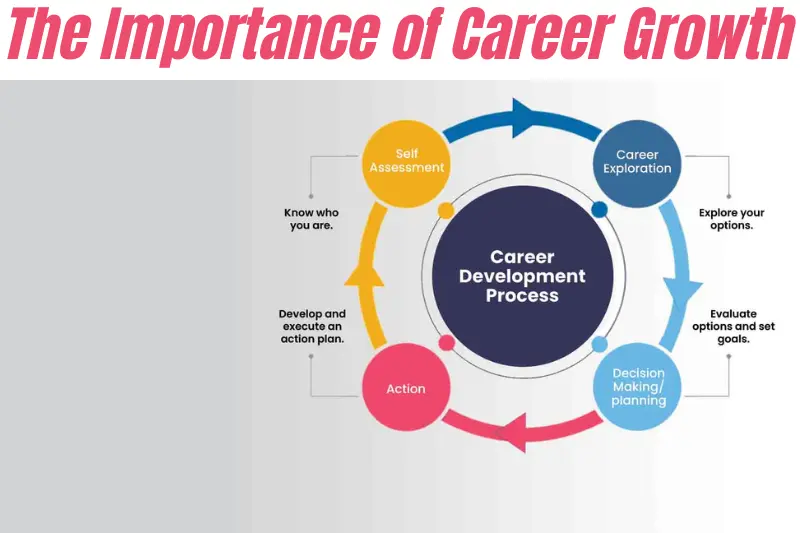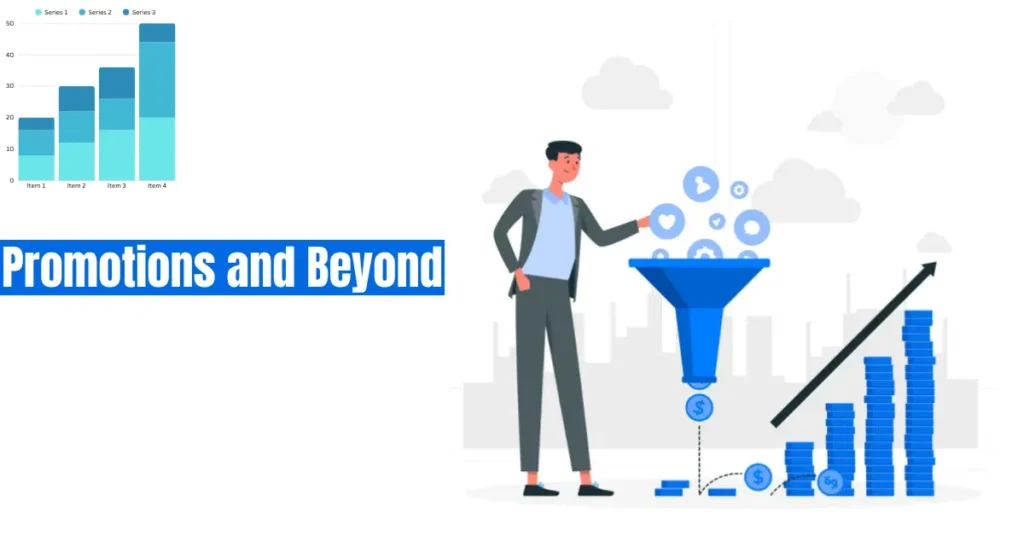In today’s competitive workplace, achieving a promotion is just the beginning. Promotions and beyond is about more than a title change—it’s a mindset focused on continuous career growth and meaningful professional development. Understanding this concept allows employees to not only climb the corporate ladder but also expand their skills, take on leadership roles, and create opportunities that go beyond traditional promotions. By embracing this approach, professionals can position themselves for long-term success, making each achievement a stepping stone toward a fulfilling and dynamic career.
Understanding Promotions and Beyond

When most people think of career advancement, they focus solely on employee promotions—the title changes, salary increases, and formal recognition that mark professional milestones. However, promotions and beyond encompasses a broader perspective. It’s about leveraging each achievement to enhance career growth, strengthen skills, and pursue opportunities that go beyond traditional hierarchical advancement.
This concept encourages professionals to embrace professional development, such as acquiring new skills, taking on challenging projects, or exploring leadership opportunities. By looking beyond a single promotion, employees can create a sustainable path for success, turning each accomplishment into a foundation for future growth and long-term career progression.
The Importance of Career Growth

While promotions are an exciting milestone, focusing solely on titles can limit long-term success. Career growth goes beyond a single promotion—it’s about continually improving skills, expanding knowledge, and embracing new responsibilities that enhance your professional journey. By prioritizing professional development, employees not only increase their value within the organization but also open doors to workplace advancement and leadership opportunities.
Investing in career growth ensures that each promotion is meaningful, setting the stage for future success. Whether it’s mastering new technologies, developing management skills, or building a strong professional network, growth-oriented employees are better positioned to achieve both short-term wins and long-term career fulfillment.
Strategies for Achieving Promotions and Beyond
Achieving promotions and beyond requires more than just meeting job expectations—it demands strategic planning, continuous learning, and proactive career management. Here are key strategies to help you advance:
Set Clear Career Goals
Define what success looks like for you. Setting clear, achievable goals helps you focus on both short-term achievements and long-term career growth. Goals also make it easier to track progress and demonstrate value when seeking employee promotions.
Seek Mentorship and Guidance
A mentor can provide invaluable insights, advice, and feedback on your career path. Learning from experienced professionals accelerates professional development and prepares you for leadership opportunities.
Showcase Your Performance
Consistently delivering results is essential. Document your achievements and communicate them effectively to management. Recognizing your own contributions ensures you are noticed when promotion opportunities arise.
Develop Leadership Skills
Leadership is often what separates high performers from those who advance beyond titles. By taking initiative, guiding teams, and solving complex problems, you enhance your chances for workplace advancement and open doors to higher-level roles.
Embrace Lateral Opportunities
Sometimes, moving sideways within an organization can offer growth that a traditional promotion cannot. Lateral moves provide exposure to new skills, departments, and networks, all of which contribute to long-term career progression.
Overcoming Challenges on the Path to Promotion
The journey toward promotions and beyond isn’t always straightforward. Professionals often face obstacles such as office politics, skill gaps, limited recognition, or organizational changes. Recognizing and addressing these challenges is crucial for sustained career growth.
Identify and Address Skill Gaps
Continuously assess your skills and seek opportunities for professional development. Training programs, certifications, and hands-on projects can help bridge gaps and make you more competitive for employee promotions.
Build a Strong Professional Network
Relationships within and outside your organization can open doors to workplace advancement. Networking helps you gain insights, mentorship, and support during challenging times, increasing your visibility for future promotions.
Stay Proactive and Positive
Even when recognition seems delayed, maintaining a proactive attitude demonstrates leadership potential. By focusing on solutions rather than obstacles, you position yourself as a valuable team member ready for growth beyond a single promotion.
Navigate Organizational Challenges Wisely
Understanding company culture and politics is essential. Approach challenges strategically, and communicate your contributions effectively to ensure your efforts are recognized and rewarded.
By tackling these challenges head-on, you can ensure that every step of your journey contributes meaningfully to career progression and long-term success.
Real-Life Examples of Promotions and Beyond
Seeing theory put into practice can inspire meaningful action. Here are examples of professionals who leveraged promotions and beyond to achieve remarkable career growth:
Example 1: From Specialist to Leader
Sarah began her career as a marketing specialist. By consistently taking on challenging projects, seeking mentorship, and enhancing her skills through professional development courses, she not only earned multiple employee promotions but also moved into a leadership role managing a team of ten. Her journey shows that growth extends far beyond a title change.
Example 2: Embracing Lateral Opportunities
James worked in finance but saw potential in operations. By making a strategic lateral move within his company, he gained experience in a new department, developed leadership skills, and eventually secured a higher-level position. This illustrates that sometimes workplace advancement comes from thinking beyond traditional promotions.
Example 3: Recognition Through Performance and Initiative
Priya consistently exceeded targets and proactively suggested new strategies for her team. Her commitment to excellence and visible contributions led to multiple promotions and eventually a managerial role. Her story highlights the importance of performance recognition and strategic growth planning.
These examples prove that focusing on career progression, leadership opportunities, and continuous development ensures long-term success, rather than relying solely on conventional promotions.
Conclusion
Promotions and beyond is more than just climbing the corporate ladder—it’s a mindset that embraces continuous career growth, strategic professional development, and seizing leadership opportunities. While achieving a promotion is an important milestone, true success comes from leveraging each achievement to expand skills, build networks, and explore new challenges.
By setting clear goals, seeking mentorship, showcasing performance, and navigating challenges strategically, professionals can turn every promotion into a stepping stone for long-term workplace advancement and meaningful career progression. Embracing this approach ensures that your career path is not only upward but also fulfilling, dynamic, and resilient in the face of change.
Take charge of your professional journey today—focus on growth beyond the title, and unlock the full potential of your career.

